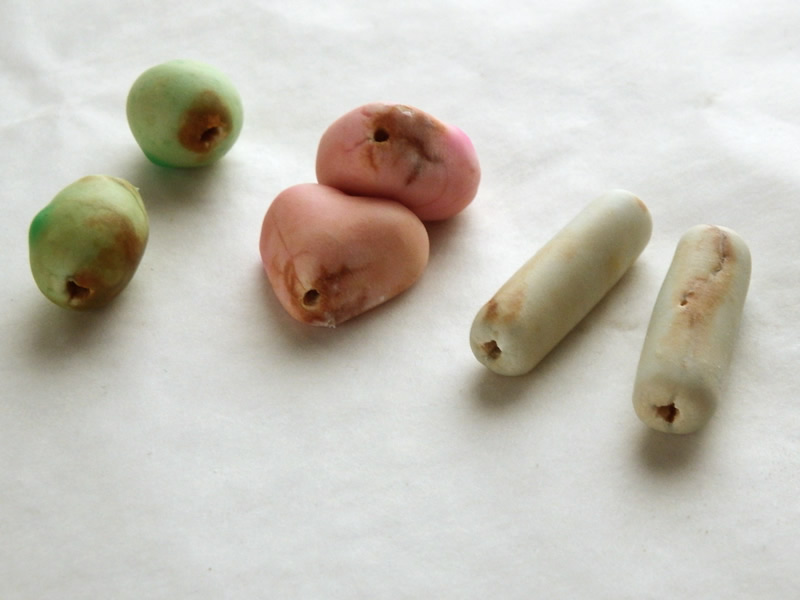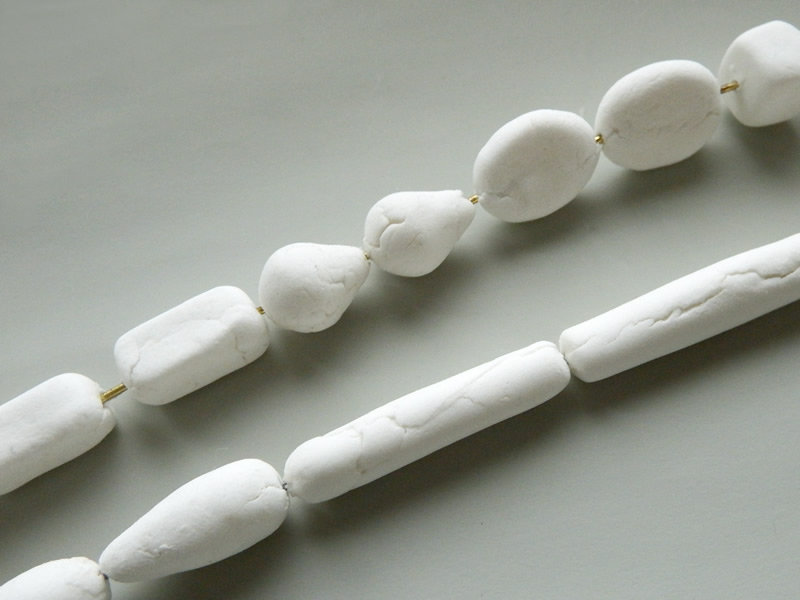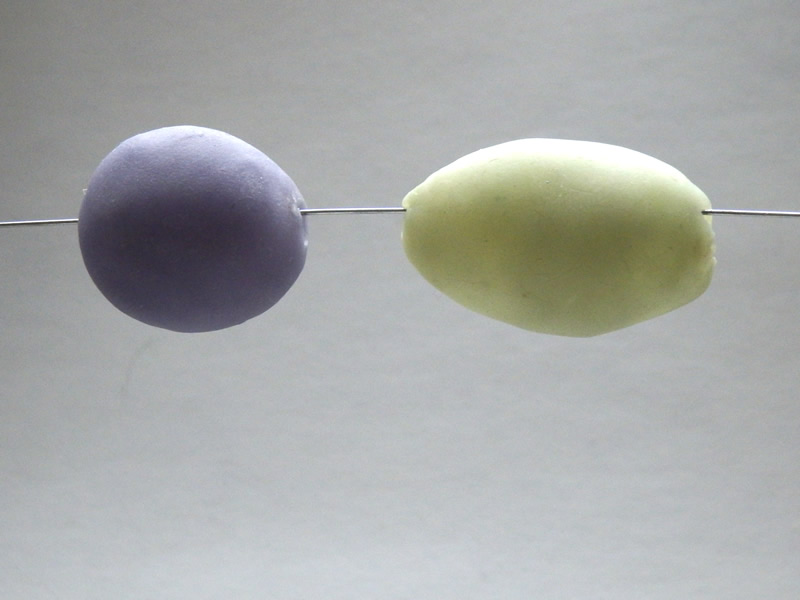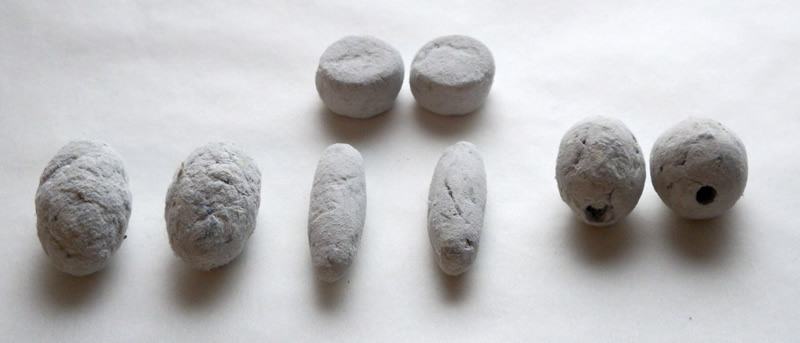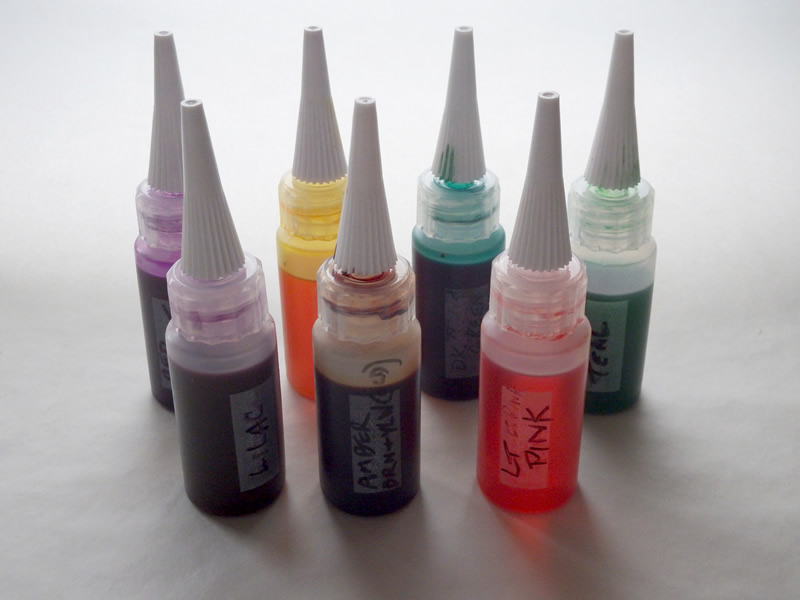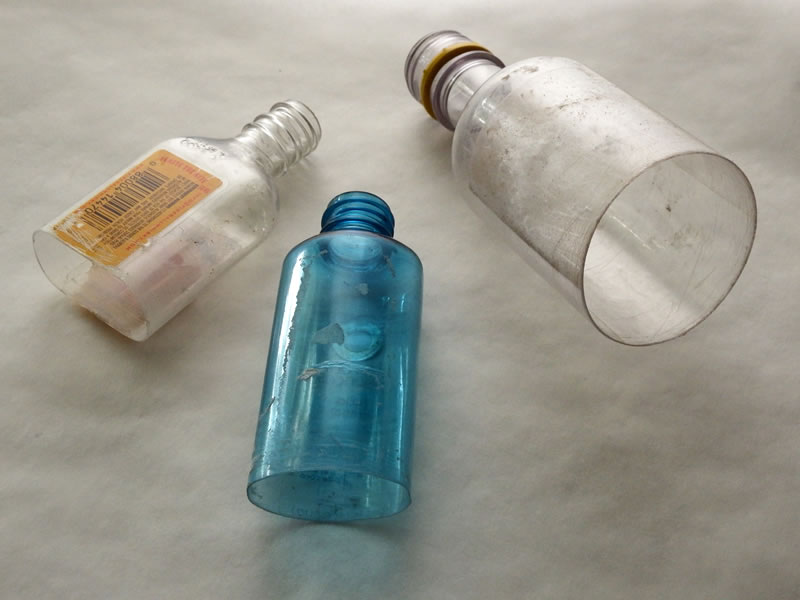
More Fun With Trash
If you’ve ever tried to cut a shape out of polymer clay, or any other soft medium that’s similar, you’ll know it’s not easy to make it symmetrical by hand.
There are all kinds of cutters for sale at craft stores, but why not combine helping to save your little corner of the planet with saving some dollars in your pocket?
Travel size, sample size, and even regular size bottles can be used to create free, easy-to-make and easily replaceable craft cutters. There are always more where they came from.
